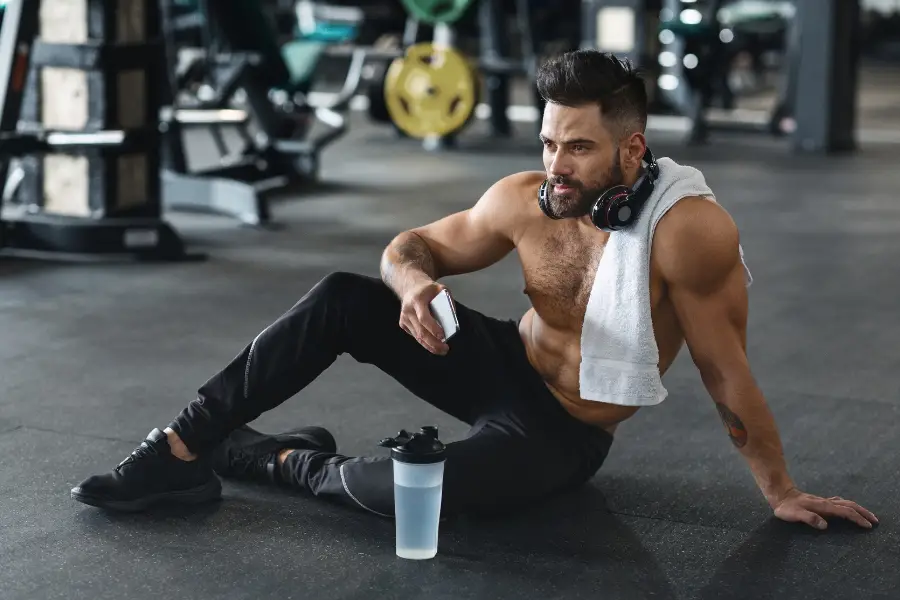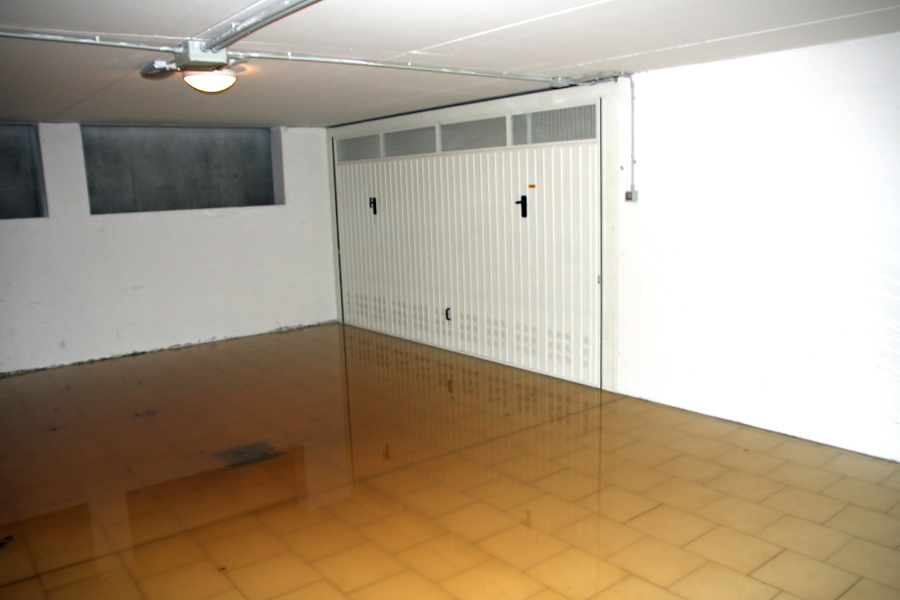Get ready to dive into the world of gym flooring and its water-resistance capabilities! When it comes to the question of whether gym flooring is waterproof, the answer depends on the material. Remember, even though gym flooring may handle some water, it won’t protect the surface underneath during a flood – so keep your gym afloat with proper flooring!
Common types of gym flooring, such as rubber and vinyl, have varying degrees of water resistance. Rubber flooring is water-resistant, but water can seep into seams over time. Foam flooring is not waterproof and can be damaged by water. Waterproof vinyl flooring is highly resistant to water.
Is gym flooring waterproof? The answer hinges on the material used. To keep your gym afloat, it’s essential to choose the proper flooring that suits your needs. So, let’s dive in and explore the water-resistance features of different gym flooring materials to ensure you make an informed decision for your fitness space!
If you’re wondering what workout flooring options are out there, you can find the best for each situation here.
Contents
Is Gym Flooring Waterproof?
The common types of gym flooring you’ll find in a home gym have some degree of water resistance except foam.
Rubber and vinyl are largely water-resistant and waterproof. Foam gym tiles have an open structure that allows water to be absorbed easily and drying the tiles properly is difficult. In places where moisture is a concern, consider rubber and vinyl for your gym flooring but avoid foam.
Rubber and vinyl gym flooring can easily handle normal amounts of sweat and water spills. Flooding is another story although the flooring itself won’t be negatively affected depending on how long it’s flooded for. Gym flooring won’t protect the surface underneath during flooding though. You’ll have to remove the mats, clean them and let them dry properly as well as the surface underneath.
Here’s an article comparing rubber and vinyl gym flooring for more differences.

Which Types of Gym Flooring Are Waterproof?
Gym flooring materials can vary in terms of their water resistance or waterproof properties. Here’s a breakdown:
Rubber Gym Flooring
Rubber flooring is water-resistant or waterproof to some degree. It can withstand exposure to moisture, such as sweat or occasional spills, without absorbing the water. However, it’s important to note that water can seep into the seams or edges of rubber flooring over time if not properly sealed or installed. Therefore, while rubber flooring is generally water-resistant, it’s not entirely impervious to water.
With rubber mats, there are minimal seams between the rolls. There will be a few but not everywhere. So with mats, any spills or sweat are not that likely to get into a seam and seep through. However, rubber tiles have way more seams so a quick cleanup is more important.
If your gym has been flooded, it’s a good idea to remove the flooring, clean everything up and let it dry properly before reinstalling. The rubber itself shouldn’t be negatively impacted if it was underwater for a short time. Rubber can actually absorb some water over time but it takes a while.
In general, rubber is the best pick for home gym flooring. You can find a high-quality option here that can handle some water and abuse for a reasonable price.
Foam Gym Flooring
Foam flooring materials, such as EVA foam or puzzle mats, are typically not waterproof. They can absorb water or moisture, making them susceptible to damage or deformation if exposed to liquids. Foam flooring is more suitable for dry areas or low-moisture environments. Read a comparison of rubber and foam gym flooring by clicking here.
A small spill isn’t that big of a deal if it’s cleaned up relatively quickly but a lot of water is a problem for foam gym tiles.
Foam tiles with a rubber top help this problem slightly since small spills won’t be absorbed at all. However, that doesn’t make them suitable for areas that see a lot of moisture. When foam gym tiles get wet and aren’t dried properly you can get mold quickly.
Not sure if you need gym flooring for your workout room in the first place? Click here to find all the purposes of gym flooring.
Vinyl Gym Flooring
Vinyl flooring is available in various types, including waterproof vinyl plank or tile options. These vinyl flooring types are specifically designed to be highly resistant to water, making them suitable for gym spaces where moisture is a concern. Waterproof vinyl flooring can withstand spills, moisture, or high humidity levels without warping, expanding, or deteriorating.
However, planks or tiles will still have seams between them where water can seep through. If you have other flooring underneath the vinyl, that can still get wet and ruined.
Other Gym Flooring Options
There are other types of gym flooring available, such as carpet tiles, turf, or cork, which may have different levels of water resistance. It’s essential to check the specific product specifications or consult with the manufacturer to determine if they are suitable for areas with moisture or water exposure. Most of these types won’t be suitable for water exposure.
Is a Waterproof Gym Floor Necessary For a Home Gym?
Whether a waterproof gym floor is necessary for a home gym depends on a few factors:
- Location: Consider the location of your home gym. If it is situated in an area prone to moisture or humidity, such as a basement or a room without proper ventilation, a waterproof gym floor can be beneficial. It helps protect the underlying floor from potential water damage or moisture-related issues. It’s important to make sure the seams are also sealed or minimized if protecting the floor underneath is important. People in flood-prone areas might also want to use a type of gym flooring that’s water-resistant.

- Activities and Equipment: Assess the types of activities and equipment you’ll be using in your home gym. If your workouts involve exercises that generate a lot of sweat or require the use of water, such as intense cardio or high-intensity interval training (HIIT) with water bottles, a waterproof floor can help prevent moisture absorption and potential damage to the floor.
- Potential Spills: Consider the likelihood of spills occurring in your home gym. If you anticipate the possibility of accidental spills from water bottles, sports drinks, or other liquids, a waterproof floor can provide added protection against damage from these spills.
- Existing Flooring: Evaluate the condition and material of the existing flooring in the gym space. If the floor is already water-resistant or easy to clean, such as tile or concrete, it may provide sufficient protection against moisture without the need for a separate waterproof gym floor.
Ultimately, while a waterproof gym floor is not absolutely necessary for all home gyms, it can be advantageous in certain situations, such as locations prone to moisture, activities with high sweat production, or areas with a higher risk of spills.

